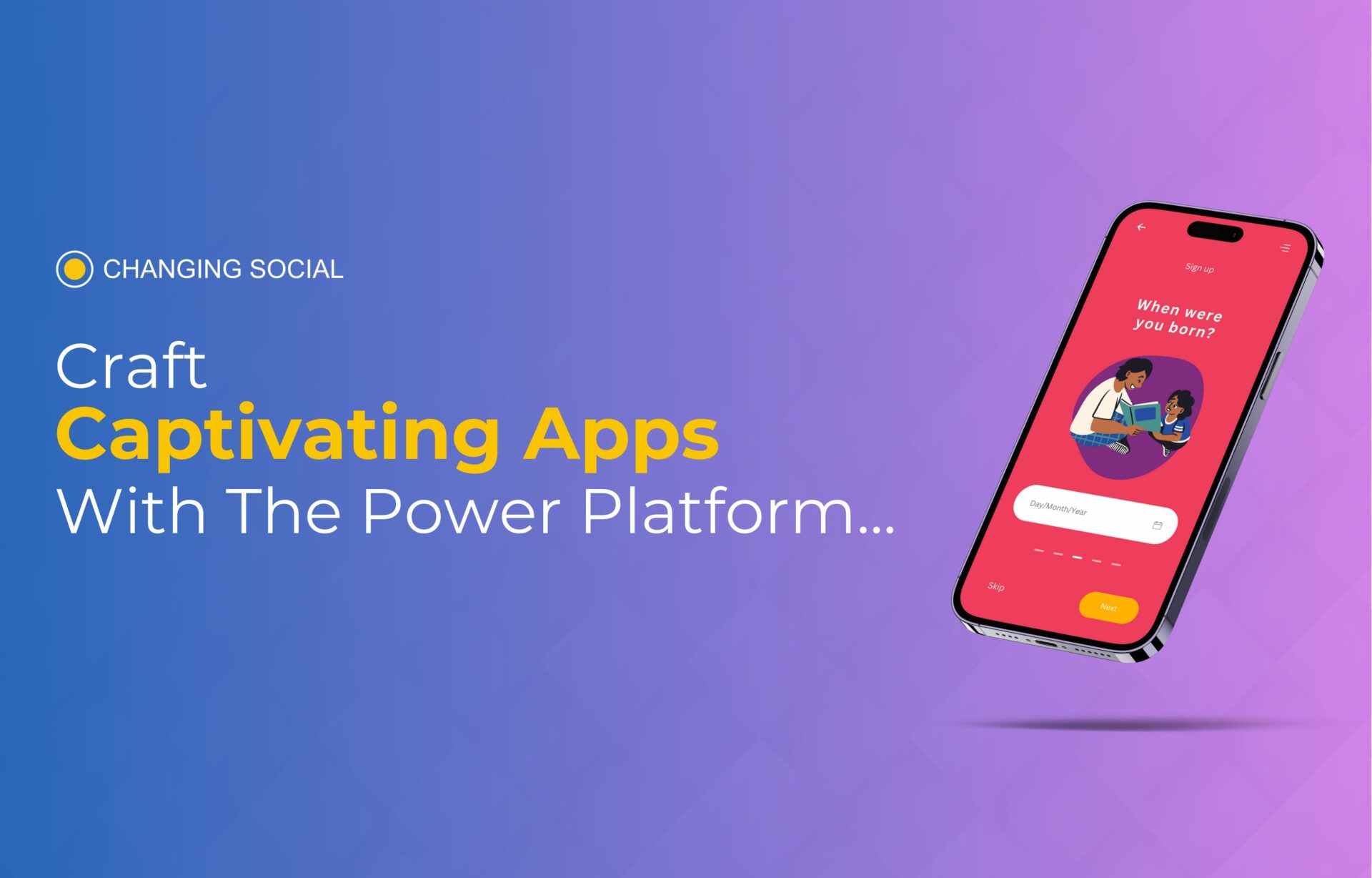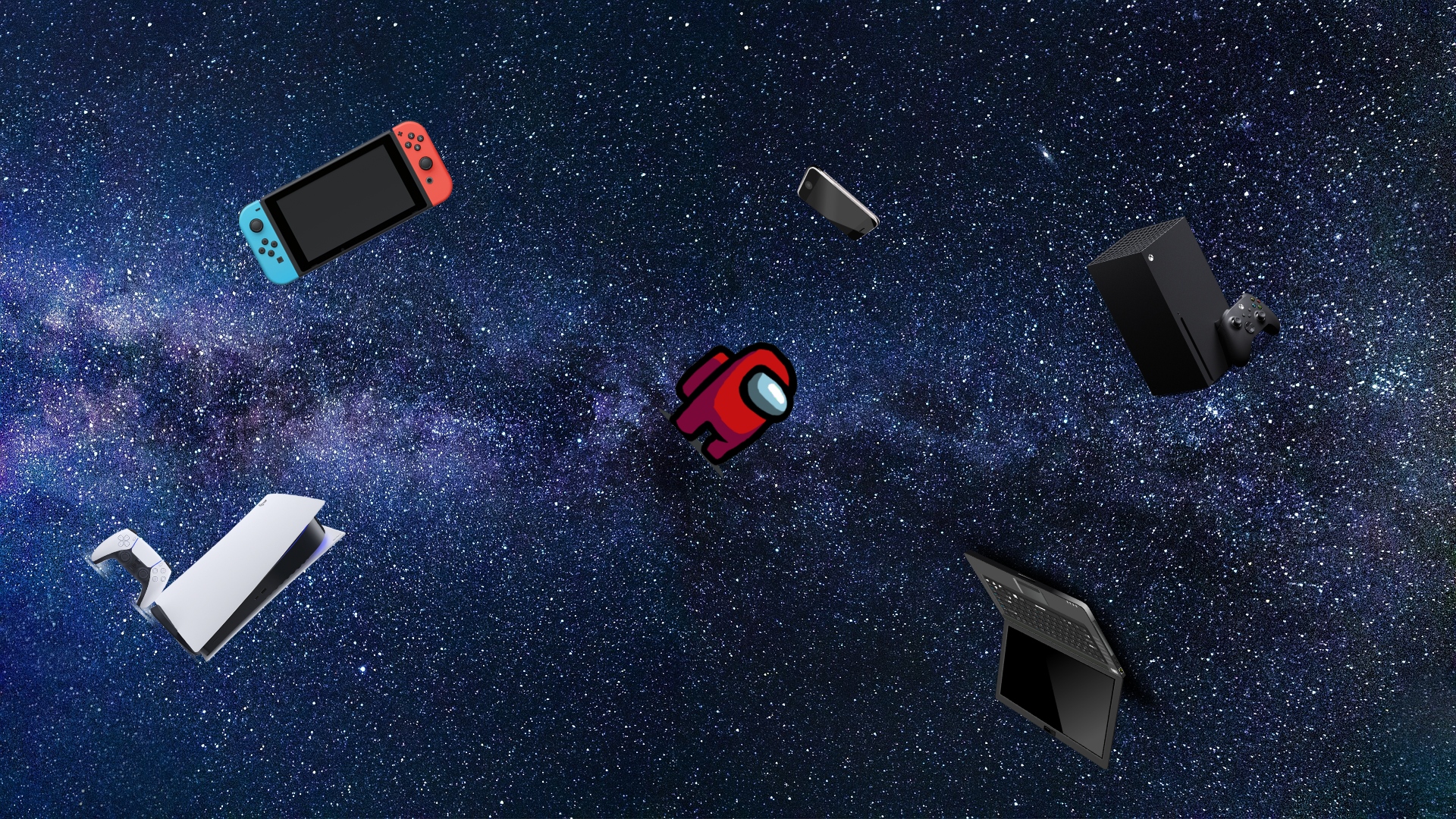Best RemoteIoT Platform: Revolutionizing IoT Deployment
In the rapidly evolving world of technology, the best RemoteIoT platform has become an essential tool for businesses and individuals alike. With the increasing demand for remote monitoring and management of IoT devices, selecting the right platform is crucial. The right RemoteIoT platform not only simplifies operations but also enhances efficiency and scalability.
As more organizations embrace the Internet of Things (IoT), the need for robust and reliable remote management solutions grows exponentially. The best RemoteIoT platforms provide users with the ability to monitor, configure, and troubleshoot IoT devices from anywhere in the world. This flexibility ensures that businesses can maintain their operations seamlessly, even in challenging circumstances.
This article will explore the top RemoteIoT platforms available today, their features, and how they can benefit your business. Whether you're a small startup or a large enterprise, finding the right platform can significantly impact your IoT deployment success. Let's dive into the world of RemoteIoT platforms and discover what makes them indispensable in today's tech-driven environment.
Read also:Jace Norman Height And Weight The Rising Star Of Hollywood
Table of Contents
- Introduction to RemoteIoT Platforms
- Key Criteria for Choosing the Best RemoteIoT Platform
- Top RemoteIoT Platforms
- Key Features of RemoteIoT Platforms
- Security Considerations in RemoteIoT Platforms
- Scalability and Performance
- Cost Analysis of RemoteIoT Platforms
- Use Cases for RemoteIoT Platforms
- Comparison of Top RemoteIoT Platforms
- Conclusion
Introduction to RemoteIoT Platforms
RemoteIoT platforms are software solutions designed to manage IoT devices remotely. These platforms provide users with the ability to monitor, control, and analyze IoT devices without physical access. The importance of such platforms cannot be overstated, especially in industries where IoT devices are deployed across vast geographical areas.
The best RemoteIoT platforms offer a range of features, including real-time data visualization, device management, and integration capabilities. By leveraging these platforms, businesses can optimize their IoT deployments, reduce operational costs, and improve overall efficiency.
Key Criteria for Choosing the Best RemoteIoT Platform
When selecting a RemoteIoT platform, it's essential to consider several key criteria. These criteria ensure that the chosen platform aligns with your business needs and objectives. Below are some of the most important factors to consider:
- Scalability: The platform should be able to handle a growing number of devices and data points.
- Security: Robust security measures are crucial to protect sensitive data and prevent unauthorized access.
- Integration: The platform should integrate seamlessly with existing systems and third-party applications.
- User Interface: An intuitive and user-friendly interface is essential for ease of use and efficient management.
Top RemoteIoT Platforms
Platform 1: ThingSpeak
ThingSpeak is one of the leading RemoteIoT platforms, known for its simplicity and ease of use. It allows users to collect, analyze, and act on data from sensors and IoT devices. ThingSpeak offers a range of features, including real-time data visualization, cloud storage, and API integration.
According to a report by Statista, ThingSpeak has been widely adopted by developers and businesses worldwide due to its flexibility and affordability. Its open-source nature also makes it an attractive option for those looking to customize their IoT solutions.
Platform 2: Losant
Losant is another top RemoteIoT platform that focuses on enterprise-level IoT solutions. It provides a comprehensive suite of tools for managing and monitoring IoT devices, including a powerful workflow engine and device management capabilities.
Read also:Anja Ravello The Rising Star Whorsquos Redefining Fashion And Beauty Standards
Losant's platform is designed to handle large-scale deployments, making it ideal for businesses with extensive IoT networks. Its robust security features and advanced analytics capabilities further enhance its appeal to enterprise users.
Platform 3: Blynk
Blynk is a user-friendly RemoteIoT platform that specializes in mobile app development for IoT devices. It allows users to create custom dashboards and control panels for their IoT devices using a simple drag-and-drop interface.
Blynk's focus on mobile accessibility makes it a popular choice for hobbyists and small businesses. Its affordability and ease of use also make it an attractive option for those new to IoT technology.
Key Features of RemoteIoT Platforms
The best RemoteIoT platforms offer a wide range of features that cater to various user needs. Below are some of the most important features to look for when evaluating these platforms:
- Data Visualization: Real-time data visualization tools help users monitor device performance and make informed decisions.
- Device Management: Comprehensive device management capabilities ensure that all IoT devices are properly configured and maintained.
- Integration: Seamless integration with third-party applications and systems enhances the platform's functionality and versatility.
- Analytics: Advanced analytics tools provide insights into device behavior and help identify potential issues before they occur.
Security Considerations in RemoteIoT Platforms
Security is a critical concern when it comes to RemoteIoT platforms. With the increasing number of cyber threats targeting IoT devices, it's essential to choose a platform with robust security measures in place. Below are some key security considerations to keep in mind:
- Encryption: Ensure that the platform uses strong encryption protocols to protect data in transit and at rest.
- Authentication: Implement multi-factor authentication to prevent unauthorized access to the platform.
- Firewall Protection: Use firewalls to protect the platform from external threats and malicious attacks.
Scalability and Performance
Scalability is a crucial factor to consider when selecting a RemoteIoT platform. The platform should be able to handle a growing number of devices and data points without compromising performance. Below are some tips for ensuring scalability and performance:
- Cloud-Based Architecture: Choose a platform with a cloud-based architecture to ensure scalability and flexibility.
- Load Balancing: Implement load balancing techniques to distribute traffic evenly across servers and prevent bottlenecks.
- Regular Updates: Ensure that the platform is regularly updated to address any performance issues and improve functionality.
Cost Analysis of RemoteIoT Platforms
The cost of RemoteIoT platforms can vary significantly depending on the features and functionality offered. Below is a breakdown of the cost factors to consider when evaluating these platforms:
- Subscription Fees: Most platforms offer subscription-based pricing models, with costs varying based on the number of devices and features included.
- Setup Costs: Some platforms may require additional setup costs for customization and integration with existing systems.
- Maintenance Costs: Consider the ongoing maintenance costs associated with the platform, including software updates and technical support.
Use Cases for RemoteIoT Platforms
RemoteIoT platforms have a wide range of applications across various industries. Below are some common use cases for these platforms:
- Smart Agriculture: Monitor soil moisture, temperature, and other environmental factors to optimize crop growth.
- Smart Cities: Manage traffic lights, public transportation, and waste management systems to improve urban living conditions.
- Healthcare: Monitor patient health metrics remotely and provide timely interventions when necessary.
Comparison of Top RemoteIoT Platforms
Choosing the best RemoteIoT platform can be challenging, given the wide variety of options available. Below is a comparison of the top RemoteIoT platforms based on key criteria:
| Platform | Scalability | Security | Integration | Cost |
|---|---|---|---|---|
| ThingSpeak | High | Good | Excellent | Affordable |
| Losant | Very High | Excellent | Good | Enterprise-Level |
| Blynk | Medium | Good | Excellent | Low |
Conclusion
In conclusion, the best RemoteIoT platforms offer businesses and individuals the ability to manage IoT devices effectively and efficiently. By considering key criteria such as scalability, security, integration, and cost, you can select the platform that best suits your needs.
We encourage you to explore the options discussed in this article and choose the platform that aligns with your business goals. Don't forget to leave a comment or share this article with others who may find it useful. For more insights into IoT technology, be sure to check out our other articles on the subject.


